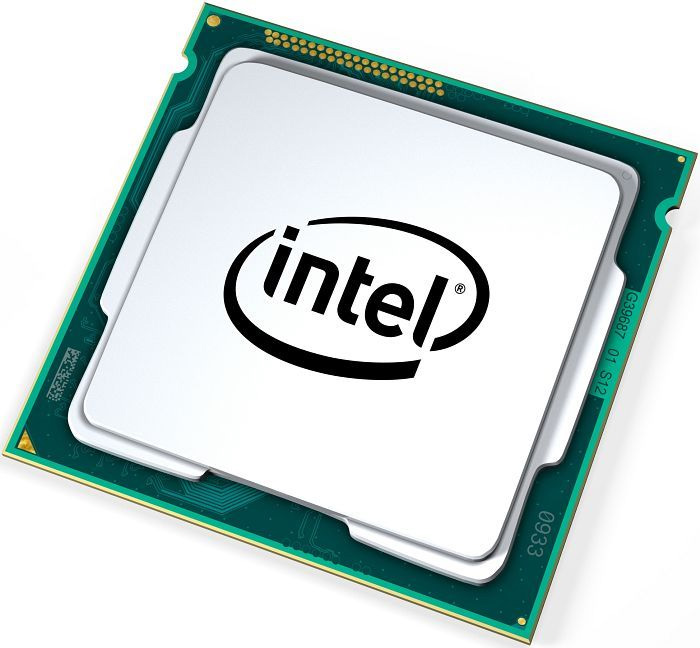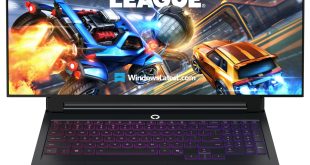Even though some of Intel’s confidential roadmaps show that the world’s largest manufacturer of microprocessor plans to start shipments of select central processing units based on the code-named “Skylake” micro-architecture as early as in the second quarter of 2015, a new market rumour indicates that Intel plans to postpone introduction of mainstream “Skylake” chips for notebooks to late Q3 or early Q4 of next year.
As reported, mainstream versions of Intel processors for notebooks based on the “Broadwell” micro-architecture will only hit the market in early January. The chips, many of which will have thermal design power of just 15W, will enable numerous laptop manufacturers to release ultra-thin mobile PCs, which require a lot of spending on research and development. In a bit to prolong lifecycle of such machines, Intel plans to postpone release of mainstream “Skylake” CPUs for notebooks, reports DigiTimes.
According to the publication, Intel has set the “ready to market” (RTM*) schedule for the mainstream “Skylake” processors (Skylake-H, Skylake-U) for notebooks to the 37th – 47th weeks of 2015 (early-September – mid-November), a granularity which suggests that the web-site has seen Intel’s documents. If the information is correct, then the first laptops based on the mainstream “Skylake” processors will hit the market in late-September at the earliest.
It should be noted that Intel’s desktop and notebook roadmaps do not necessarily correlate. Certain chips may be good for notebooks, but will not make sense in desktops, whereas other CPUs will be competitive on the market of desktops, but will not fit into laptops.
At present Intel’s partners are testing “Skylake-Y” system-on-chips for ultra-low-power devices and “Skylake-S” microprocessors for desktops, according to certain reports and evidences. Therefore, it is possible that high-performance tablets, 2-in-1s and ultrabooks as well as mainstream desktops will get next-generation processing units based on the “Skylake” micro-architecture in the second quarter of 2015.
Intel wants mobile devices based on the “Skylake” breed of chips to feature Rezence wireless charging and WiGig ultra-fast wireless interconnection technologies. Such notebooks and hybrids will be considerably more competitive than those based on the “Broadwell” line of chips, therefore, it makes a lot of sense to ensure that different products do not exist in the market at once.
Intel did not comment on the news-story.
Discuss on our Facebook page, HERE.
KitGuru Says: It looks like Intel is reconsidering schedules for its “Skylake” microprocessors in general. Perhaps, the chip giant will delay them all by a quarter or even two, which could postpone release of its 10nm chips from 2016 to 2017.
*Note that Intel typically does not use the “ready to market” or “release to manufacturing” (RTM) terms in its documents for partners. Normally Intel’s chips undergo five milestones before they reach end-users: pre-QS [pre-qualification samples], QS [qualification samples], PV [platform validation], production and RTS [ready to ship]. Sometimes milestones may overlap or even repeat (there could be two PVs, for example), but the fact is that the RTM is not a term Intel uses in its documents.
 KitGuru KitGuru.net – Tech News | Hardware News | Hardware Reviews | IOS | Mobile | Gaming | Graphics Cards
KitGuru KitGuru.net – Tech News | Hardware News | Hardware Reviews | IOS | Mobile | Gaming | Graphics Cards




Never mind, I thought it was mainstream desktop processors, not that’s good news, I hate all Laptop’s especially when you have to work on one, witch by the way is all the time.
PhoneyVirus
https://twitter.com/PhoneyVirus
https://phoneyvirus.wordpress.com/
With enough peripherals(USB/HDMI) a nice Skylake laptop is just a dual use desktop, quick as one. Put a nice M.2(or 2) in there, some ddr4, GT4e model skylake, a 970-980m GPU, it’s what a midrange desktop was 2 years ago.